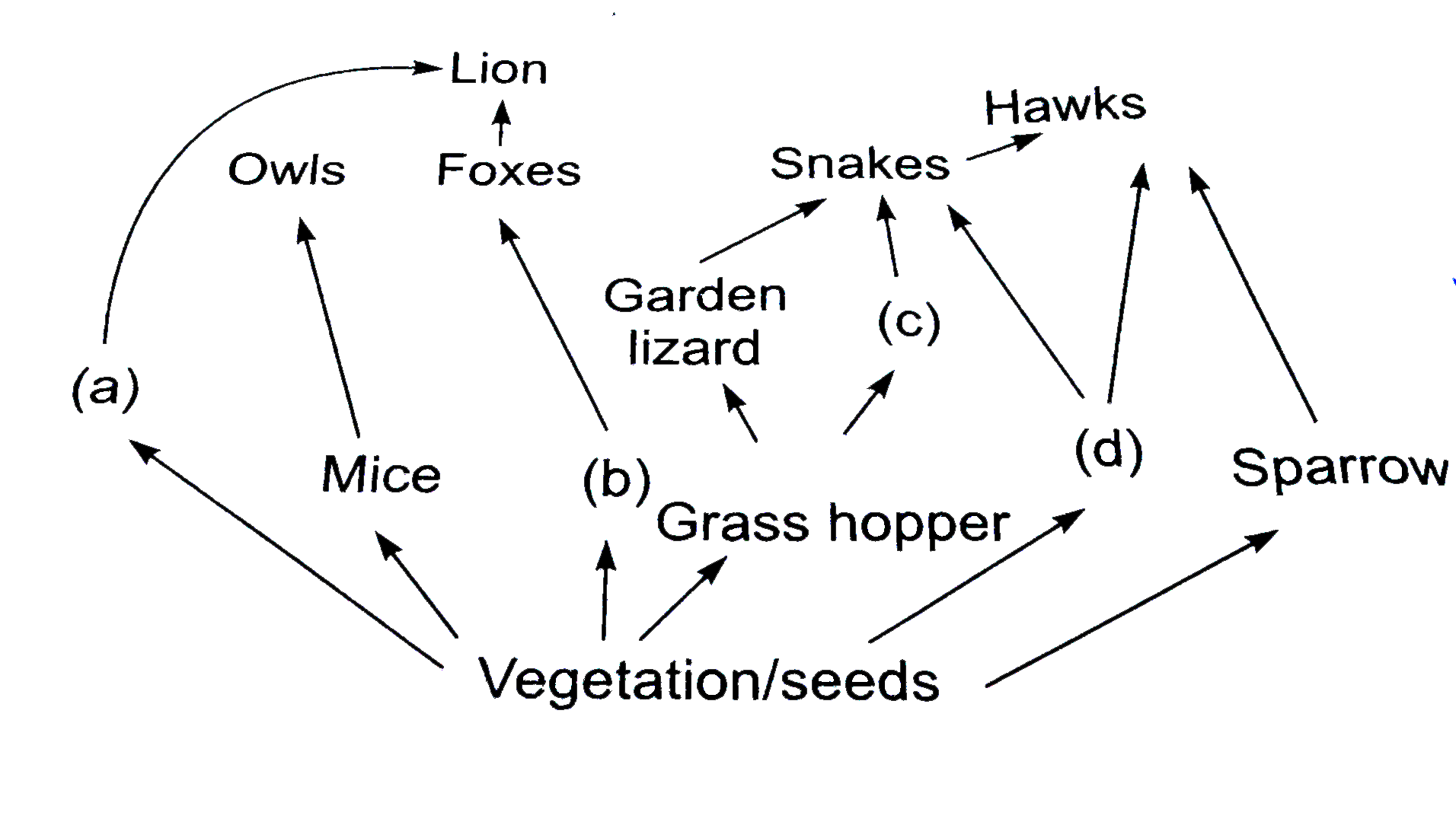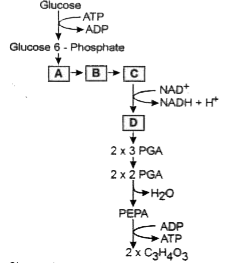Name the causal organisms of:
(a) Early blight
(b) Red rot of sugarcane
(c) Wilt
(d) Brown leaf spot of rice
To answer the question regarding the causal organisms of the specified plant diseases, we will identify each disease and its corresponding pathogen step by step.
1. Identify the first disease: Early Blight
- Early blight is a plant disease primarily affecting potatoes.
- The causal organism of early blight is the fungus Alternaria solani.
2. Identify the second disease: Red Rot of Sugarcane
- Red rot is a disease that affects sugarcane plants.
- The causal organism of red rot is the fungus Coletotrichum phalactum.
3. Identify the third disease: Wilt
- Wilt is a general term for a condition where plants lose water, affecting their leaves and stems.
- Wilt can be caused by various organisms, including fungi, bacteria, and viruses.
- A specific example of wilt caused by a fungus is Fusarium Wilt, which is caused by the fungus Fusarium oxysporum.
4. Identify the fourth disease: Brown Leaf Spot of Rice
- Brown leaf spot is a disease that affects rice plants, resulting in brown spots on the leaves.
- The causal organism of brown leaf spot is the fungus Helminthosporium oryzae.
Final Answer:
(a) Early Blight - Alternaria solani
(b) Red Rot of Sugarcane - Coletotrichum phalactum
(c) Wilt - Fusarium oxysporum (example of fungal wilt)
(d) Brown Leaf Spot of Rice - Helminthosporium oryzae
- Early blight is a plant disease primarily affecting potatoes.
- The causal organism of early blight is the fungus Alternaria solani.
- Red rot is a disease that affects sugarcane plants.
- The causal organism of red rot is the fungus Coletotrichum phalactum.
- Wilt is a general term for a condition where plants lose water, affecting their leaves and stems.
- Wilt can be caused by various organisms, including fungi, bacteria, and viruses.
- A specific example of wilt caused by a fungus is Fusarium Wilt, which is caused by the fungus Fusarium oxysporum.
- Brown leaf spot is a disease that affects rice plants, resulting in brown spots on the leaves.
- The causal organism of brown leaf spot is the fungus Helminthosporium oryzae.
(a) Early Blight - Alternaria solani
(b) Red Rot of Sugarcane - Coletotrichum phalactum
(c) Wilt - Fusarium oxysporum (example of fungal wilt)
(d) Brown Leaf Spot of Rice - Helminthosporium oryzae
Topper's Solved these Questions
- BIOLOGICAL CLASSIFICATIONBOOK - MODERN PUBLICATIONCHAPTER - BIOLOGICAL CLASSIFICATIONEXERCISE - COMPETITION FILE (OBJECTIVE TYPE QUESTIONS) ( E. ADDITIONAL MULTIPLE CHOICE QUESTIONS)
20 Videos
- ANIMAL KINGDOMBOOK - MODERN PUBLICATIONCHAPTER - ANIMAL KINGDOMEXERCISE - CHAPTER PRACTICE TEST
15 Videos
- BIOMOLECULES BOOK - MODERN PUBLICATIONCHAPTER - BIOMOLECULES EXERCISE - CASE BASED SHORT ANSWER TYPE QUESTIONS
1 Videos
Similar Questions
Knowledge Check
Sexual stages of pathogens of Blast of Rice and Red Rot of Sugarcane are named respectively
AMagneporthe grisea and Colletotrichum falcatumBColletotrichum falcatum and Pyricularia oryzaeCGlomerello tucumanensis and Magneporthe griseaDMagneporthe grisea and Glomerella tucumanensis .The Japanese are fish and rice eaters as they:
(a) are Asians
(b) are Buddhists
(c) cultivate rice and catch fish
(d) import fish and riceAare AsiansBare BuddhistsCcultivate rice and catch fishDimport fish and rice
Name the plant growth regulators you should use to (a) Increase the yield of sugarcane (b) Promote lateral growth (c) Cause sprouting of potato tuber (d) Inhibit seed germination.
View SolutionName the disease caused by following organisms:
(a) Rhinovirus (b) Epidermophyton (c) Salmonella typhi (d) Wuchereria malayi (e) Plasmodium vivax
View SolutionName the following
(a) Edible brown alga
(b) Source of Iodine.
(c ) Source of alginic acid .
View SolutionIdentify the likely organisms (a), (b), (c) and (d) in the food web shown:

View Solution
(a) Identify the organisms A and B
(b) Name the phylum to which they belong
(c) Label a,b and c
(d) Write the mode of their nutrition
View Solution
Choose the correct names of A, B, C and D.

View Solution
